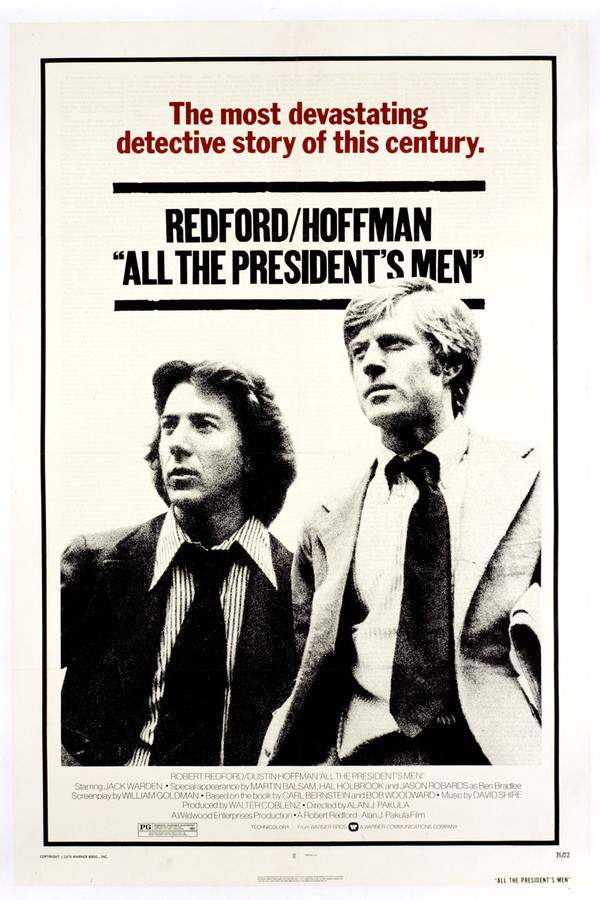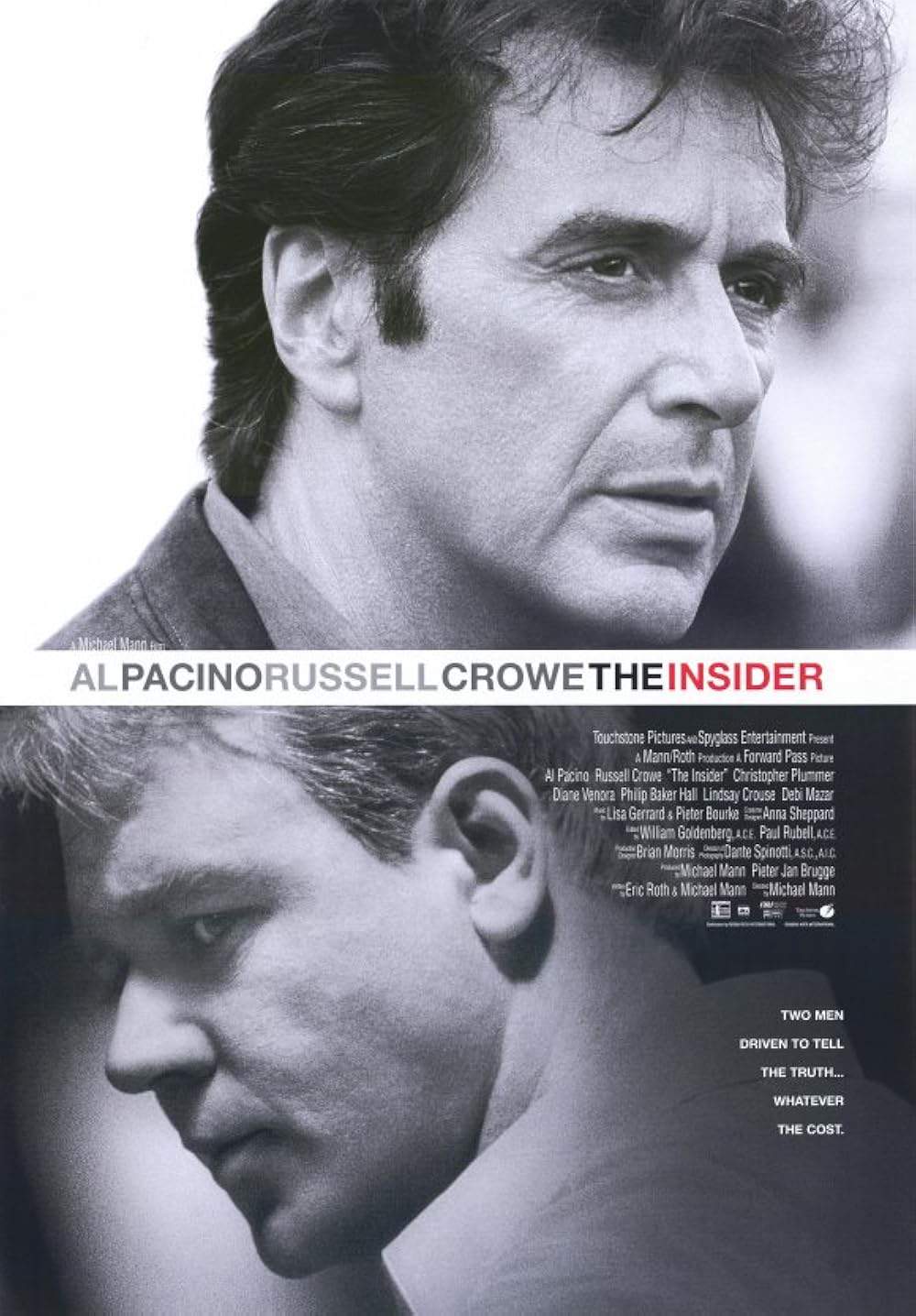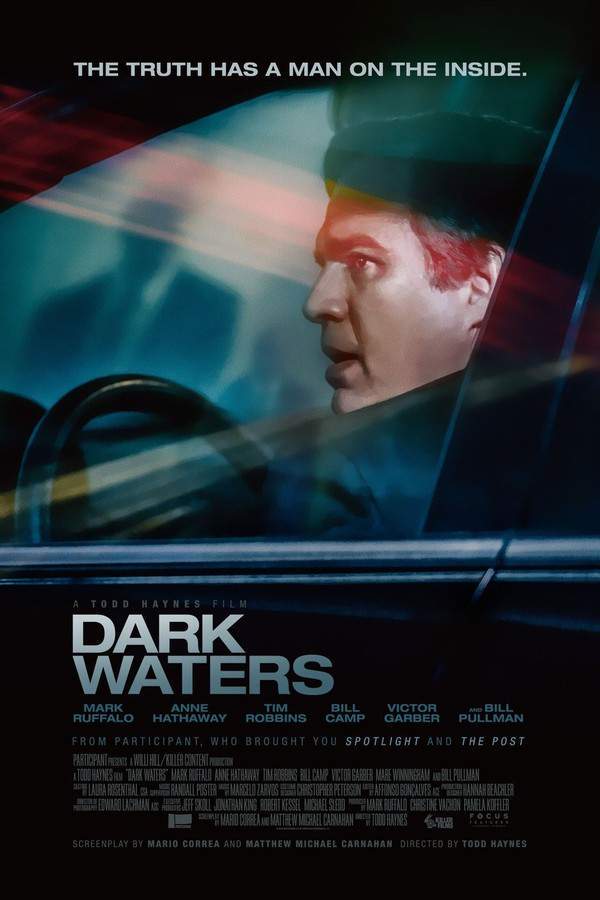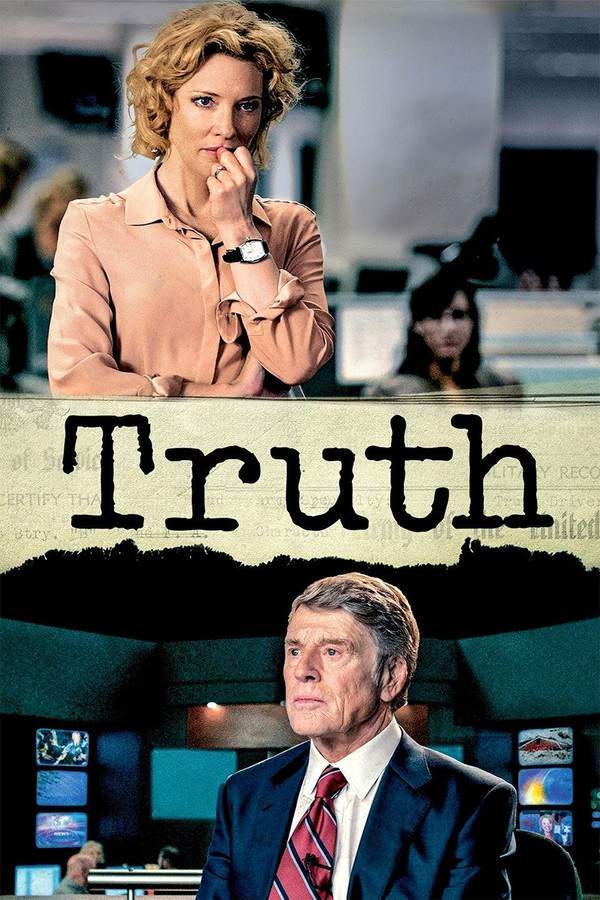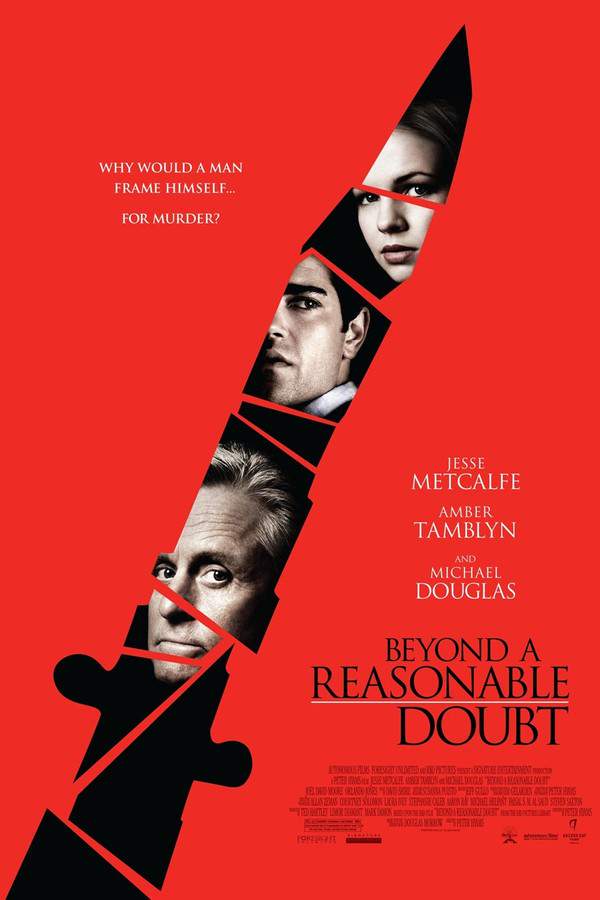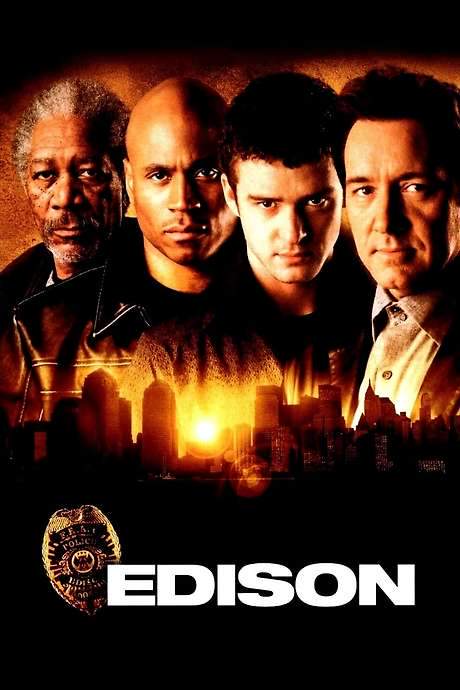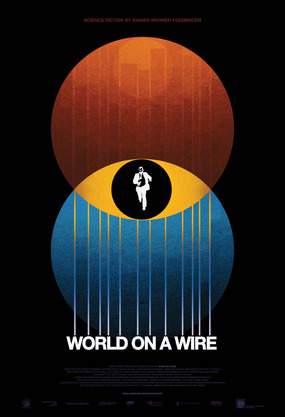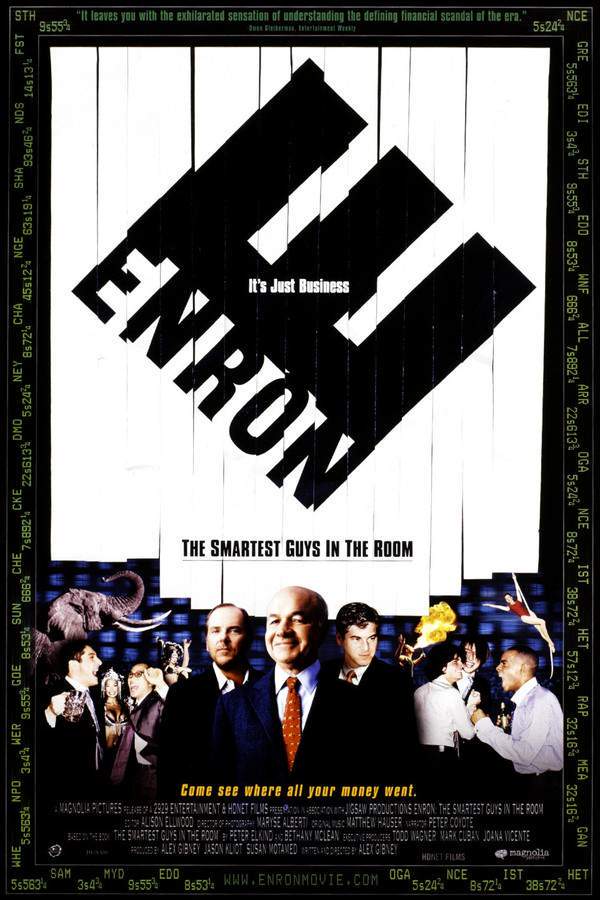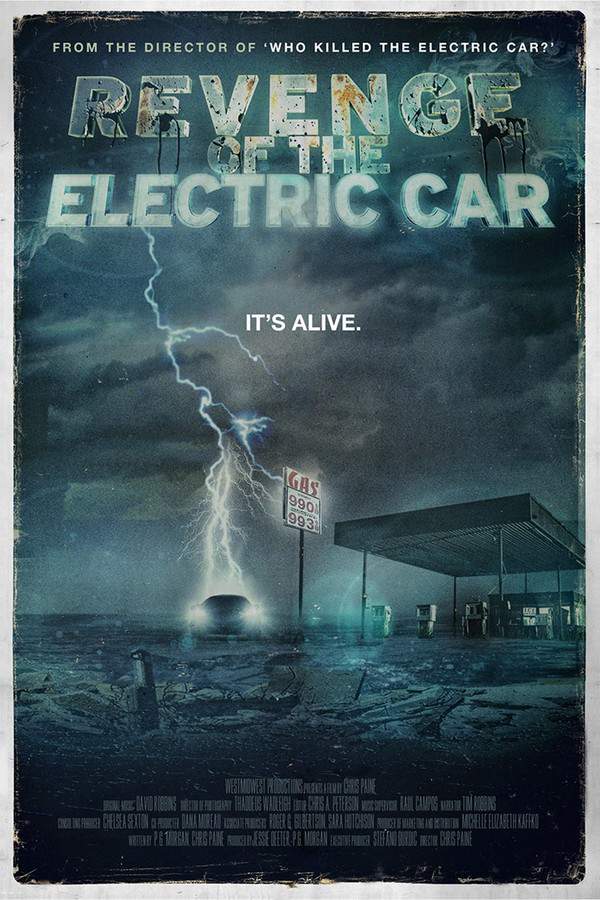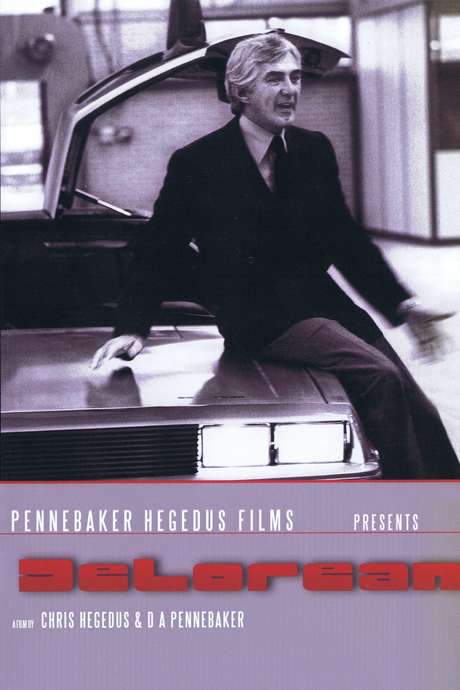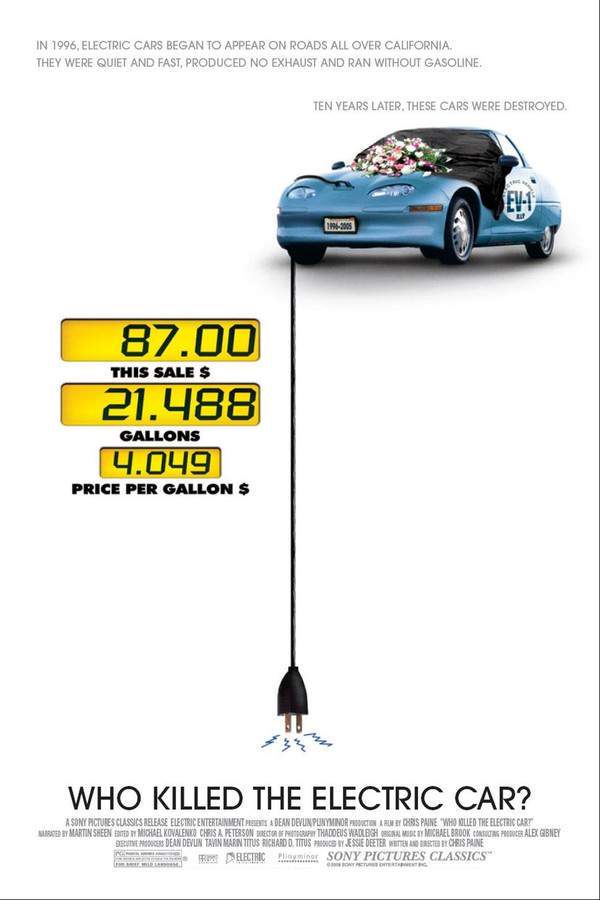
Who Killed the Electric Car?
Year: 2006
Runtime: 92 min
Language: English
Director: Chris Paine
In 1997, General Motors introduced the EV-1, an innovative electric car that challenged traditional automotive design. Offering zero emissions and eliminating the need for gasoline, oil, or routine maintenance, it appeared to be an ideal vehicle. However, just six years later, GM unexpectedly recalled and dismantled the entire fleet. This documentary explores the story behind the EV-1’s brief existence and investigates the reasons for its sudden disappearance, raising questions about the future of electric vehicles.
Warning: spoilers below!
Haven’t seen Who Killed the Electric Car? yet? This summary contains major spoilers. Bookmark the page, watch the movie, and come back for the full breakdown. If you're ready, scroll on and relive the story!
Timeline – Who Killed the Electric Car? (2006)
Trace every key event in Who Killed the Electric Car? (2006) with our detailed, chronological timeline. Perfect for unpacking nonlinear stories, spotting hidden connections, and understanding how each scene builds toward the film’s climax. Whether you're revisiting or decoding for the first time, this timeline gives you the full picture.
Last Updated: January 02, 2025 at 17:54
Explore Movie Threads
Discover curated groups of movies connected by mood, themes, and story style. Browse collections built around emotion, atmosphere, and narrative focus to easily find films that match what you feel like watching right now.
Investigative Thrillers Exposing Systemic Injustice like Who Killed the Electric Car?
Documentaries and dramas that methodically unravel a case of corporate or political corruption.If you enjoyed the methodical, tense investigation in Who Killed the Electric Car?, you'll find similar experiences in these movies. This thread groups documentaries and dramas that feel like thrillers, uncovering stories of corporate greed, political corruption, and technological suppression with a sobering, urgent tone.
Narrative Summary
The narrative follows a journalistic or activist pursuit of truth against a formidable, often faceless, opponent like a corporation or government body. The story unfolds through interviews, archival footage, and a logical presentation of evidence, building a compelling case that culminates in a revelation of wrongdoing, though the ending may feel ambiguous due to the ongoing nature of the real-world conflict.
Why These Movies?
Movies in this thread share a specific mood blend of intellectual engagement, rising frustration, and critical urgency. They are united by a steady, methodical pacing that builds a case, a tense tone driven by high stakes, and a heavy emotional weight stemming from the real consequences of the injustice being exposed.
Sobering Stories of Technological Suppression like Who Killed the Electric Car?
Narratives about promising innovations crushed by powerful opposing interests.For viewers who were fascinated and angered by the story of the EV-1 in Who Killed the Electric Car?, this thread finds similar movies about suppressed technologies. These films explore the clash between innovation and powerful established interests, resulting in narratives that are both fascinating and deeply frustrating.
Narrative Summary
The narrative introduces a groundbreaking idea or technology with the potential to change the world for the better. The central conflict arises as powerful entities—often corporations or industries threatened by the change—work systematically to discredit, buy out, or destroy the innovation. The journey is typically one of idealism clashing with cynical realpolitik, leading to a bittersweet or ambiguous ending where the idea's potential is acknowledged but its immediate future is uncertain.
Why These Movies?
These movies are grouped by their shared thematic core of innovation versus obstruction. They generate a specific emotional mix: the excitement of discovery paired with the frustration of witnessing its suppression. The tone is consistently critical and urgent, driven by a sense of injustice and the high stakes involved for society.
Unlock the Full Story of Who Killed the Electric Car?
Don't stop at just watching — explore Who Killed the Electric Car? in full detail. From the complete plot summary and scene-by-scene timeline to character breakdowns, thematic analysis, and a deep dive into the ending — every page helps you truly understand what Who Killed the Electric Car? is all about. Plus, discover what's next after the movie.
Who Killed the Electric Car? Summary
Read a complete plot summary of Who Killed the Electric Car?, including all key story points, character arcs, and turning points. This in-depth recap is ideal for understanding the narrative structure or reviewing what happened in the movie.

Characters, Settings & Themes in Who Killed the Electric Car?
Discover the characters, locations, and core themes that shape Who Killed the Electric Car?. Get insights into symbolic elements, setting significance, and deeper narrative meaning — ideal for thematic analysis and movie breakdowns.

Who Killed the Electric Car? Spoiler-Free Summary
Get a quick, spoiler-free overview of Who Killed the Electric Car? that covers the main plot points and key details without revealing any major twists or spoilers. Perfect for those who want to know what to expect before diving in.

More About Who Killed the Electric Car?
Visit What's After the Movie to explore more about Who Killed the Electric Car?: box office results, cast and crew info, production details, post-credit scenes, and external links — all in one place for movie fans and researchers.

Similar Movies to Who Killed the Electric Car?
Discover movies like Who Killed the Electric Car? that share similar genres, themes, and storytelling elements. Whether you’re drawn to the atmosphere, character arcs, or plot structure, these curated recommendations will help you explore more films you’ll love.
Explore More About Movie Who Killed the Electric Car?
Who Killed the Electric Car? (2006) Plot Summary & Movie Recap
Who Killed the Electric Car? (2006) Scene-by-Scene Movie Timeline
Who Killed the Electric Car? (2006) Spoiler-Free Summary & Key Flow
Movies Like Who Killed the Electric Car? – Similar Titles You’ll Enjoy
Enron: The Smartest Guys in the Room (2005) Full Summary & Key Details
Revenge of the Electric Car (2011) Detailed Story Recap
Planet of the Humans (2020) Ending Explained & Film Insights
Fuel (2009) Plot Summary & Ending Explained
Search for the Super Battery (1000) Story Summary & Characters
Newman (2015) Movie Recap & Themes
Tesla: Master of Lightning (2000) Ending Explained & Film Insights
Happening: A Clean Energy Revolution (2017) Full Summary & Key Details
Planet of the Humans (2019) Full Summary & Key Details
Teslafy Me (2019) Plot Summary & Ending Explained
DeLorean (1981) Full Movie Breakdown
Deadly Deception: General Electric, Nuclear Weapons and Our Environment (1991) Full Summary & Key Details
Killing Cars (1986) Full Summary & Key Details
The Electric Chair (1976) Movie Recap & Themes
Taken for a Ride (1996) Full Movie Breakdown

